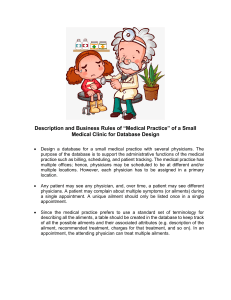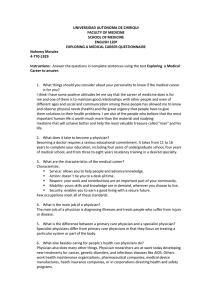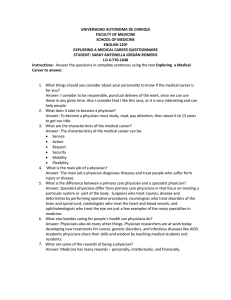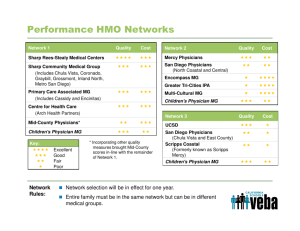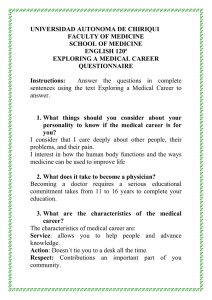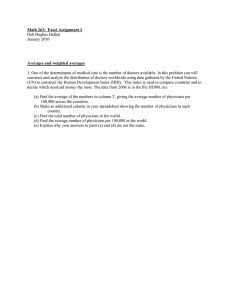Improving Quality Through Systems Change: The Provider Perspective
advertisement
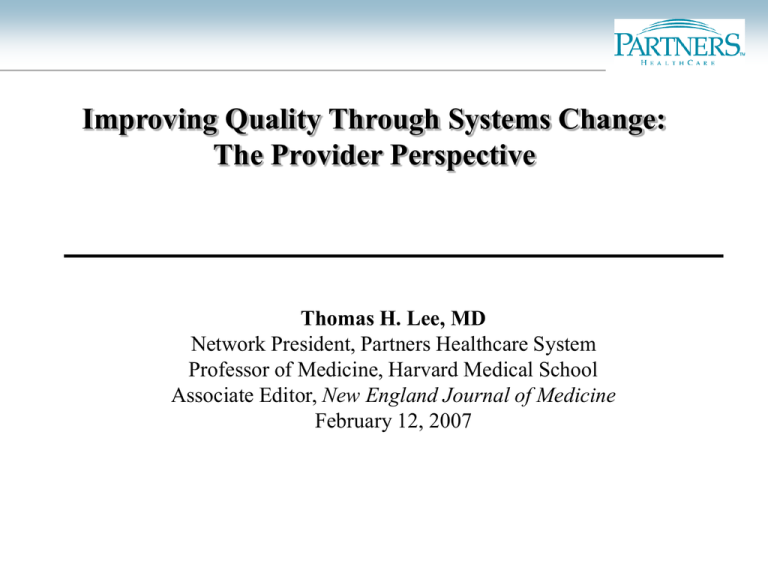
Improving Quality Through Systems Change: The Provider Perspective Thomas H. Lee, MD Network President, Partners Healthcare System Professor of Medicine, Harvard Medical School Associate Editor, New England Journal of Medicine February 12, 2007 11-16-06 1 The Bad News Is Inextricably Intertwined With the Good News • Tremendous scientific progress. Examples: – New drugs: HIV treatment – Devices: implantable defibrillators – Molecular targeting of therapy: lung cancer • Even more dramatic progress is on the way – Alzheimers – immune therapy and deep brain stimulation? – Myocardial infarction – stem cell infusions? – Therapy directed against cancer stem cells • The price of progress: – Rising direct costs that are not offset by better patient outcomes – Indirect costs due to the healthcare delivery system dysfunction 11-16-06 2 A Flood of Information and Options Overwhelms Physicians Trained For Medicine in Another Era • Physician culture is dominated by the solo heroic healer – Usually male, working from 6 a.m. to 9 p.m. or beyond – All knowing – Distain for “cook book medicine” • That model is increasingly non-viable, because – Physician demographics are changing – Individuals cannot know all they need to know – Medicine has become “team sport” for patients with: • Chronic diseases (e.g., diabetes, heart failure) • Multiple complex conditions 11-16-06 3 The Potential Result: Chaos • No individual physician can know the safest, best, and most efficient strategies • Physicians have to call for help from multiple colleagues, often at multiple institutions • Physicians don’t know what other colleagues have done (tests, drugs, advice) • Patients and physicians are confused and unhappy • Important issues slip between the cracks – Lab results overlooked – Key clinical information missing at time of visits 11-16-06 4 Our Best Hopes Are in Systems That Improve Care – and Organizations that Can Implement Them • Doctors cannot work harder or get smarter • Improvement is likely to come through the adoption of systems that reduce risk of “errors” – Information systems with decision support – “Human-ware” systems that coordinate care when patient is not in front of physicians • To implement such systems, providers have to be organized – and those organizations have to be effective 11-16-06 5 Three Key Tactics • Electronic medical records – Improve coordination among providers – Provide “just-in-time” decision support to reduce errors of overuse • Human systems to provide better care to populations over time • Cultural changes that include willingness to trade some physician autonomy to improve efficiency and quality 11-16-06 6 The Agenda: Two Revolutions • Industrial Revolution – in which clinicians adopt systems that reduce errors of over-use, under-use, and mis-use. • Cultural revolution – Teamwork instead of MD as the lone cowboy – Focus on care of populations over time • Chronic diseases like diabetes, heart failure • Complex, high risk patients with multi-system disease For readers of The Right Stuff: The times call for John Glenn more than Chuck Yeager. 11-16-06 7

